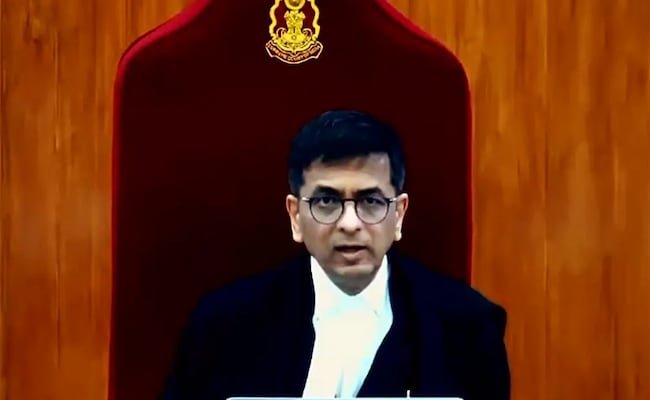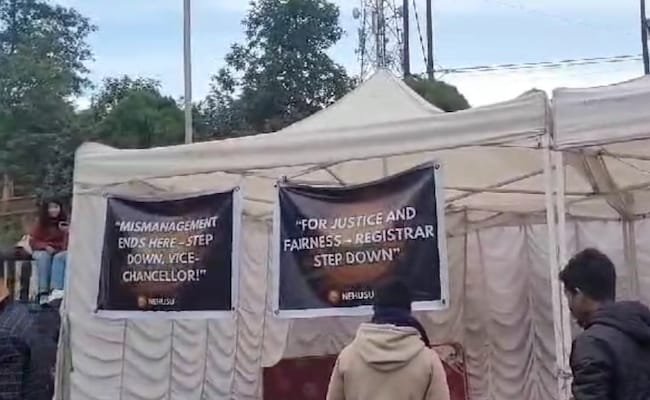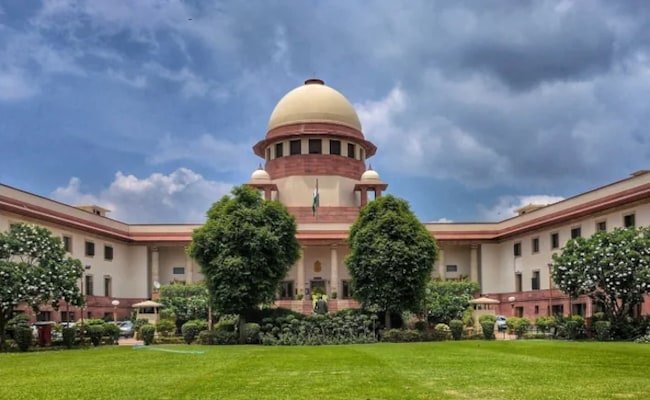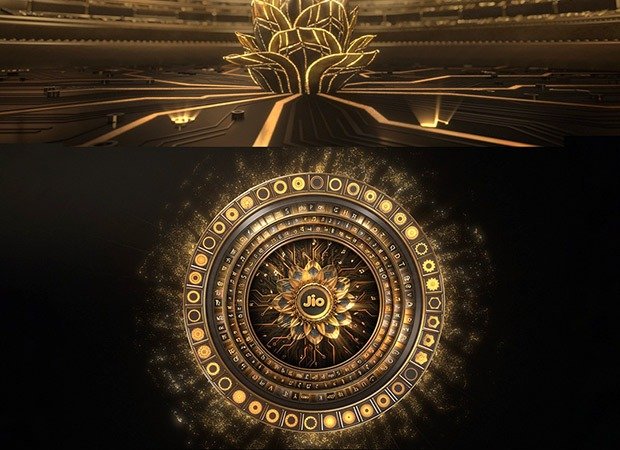
Some of them are so stunningly feminine that it’s difficult to believe they are actually men dressed up as women.

For people like Ganeshwaran who works with Kerala state electricity board, the Chamayamvilakku festival is a custom and way of life. Every year, two weeks ahead of the beginning of the temple festival, he buys a brand-new sari and jewellery and goes to the tailor in his village to get a blouse stitched. On the day of the festival, his wife Syama helps him with the sari and hairdo. Ganeshwaran wears a wig, flowers and ornaments and heads to the temple and so do men from the four ‘karas’ (literally shores) of Chavara, Puthukad, Kulangara and Kottakkakam traditionally linked to the festival.

“I started this when I was a boy. My mother and sisters would dress me up and I would wear the dress of my sisters and attend the festival. There was no artificial hair then”, he recalls.

At the festival, boys below the age of 10 too dress like girls and participate in what is called ‘Kakkavilakku’ which is held during day time. Chamayavilakku is held on two days, beginning in the evening and lasting till the break of dawn. Ganeshwaran says that he has offered to take part in the festival next year too as his daughter would be attending Class 10 board exams.

Social media has been abuzz with slow-cut, flashy videos and vibrant images of the centuries-old Chamayamvilakku festival. Locals are bemused that the festival should attract such widespread attention.

“For many people, it is part of their offering. The residents in four places or karas are closely associated with this festival. My mother would take me to this festival for holding the lamp dressed up as a girl till I was eight years old,” says Gopalakrishna Pillai, who documented the festival and brought out a brochure which is still popular.

“It cannot be called a transgender festival, though transgender persons do come in good numbers even from other states. The major participants in this festival are men from the four karas who rigorously follow the rituals”, says V Jayachandran, former president of the temple committee.

According to the temple myth, a group of boys were once herding cows near a pond where the present idol is installed, making mud temples and playing around it. They came across a coconut and one of them tried to bang it against a stone to split it open. Legend has it that the stone shed blood and the boys were petrified. However, it turned out that the devi or goddess was pleased with the boys and their game and promised that she would visit the place every year on a given day. The boys – and later the men — presumably dress up as women to please the goddess when she comes visiting.
Earlier, ‘Kettukuthira’, clay or wooden horses as high as 50 feet from each kara would take part in the procession as part of Chamayavilakku. Later, kettukuthiras were replaced by smaller replicas.
source
The post is published through a syndicated feed and attributed to Times Of India



